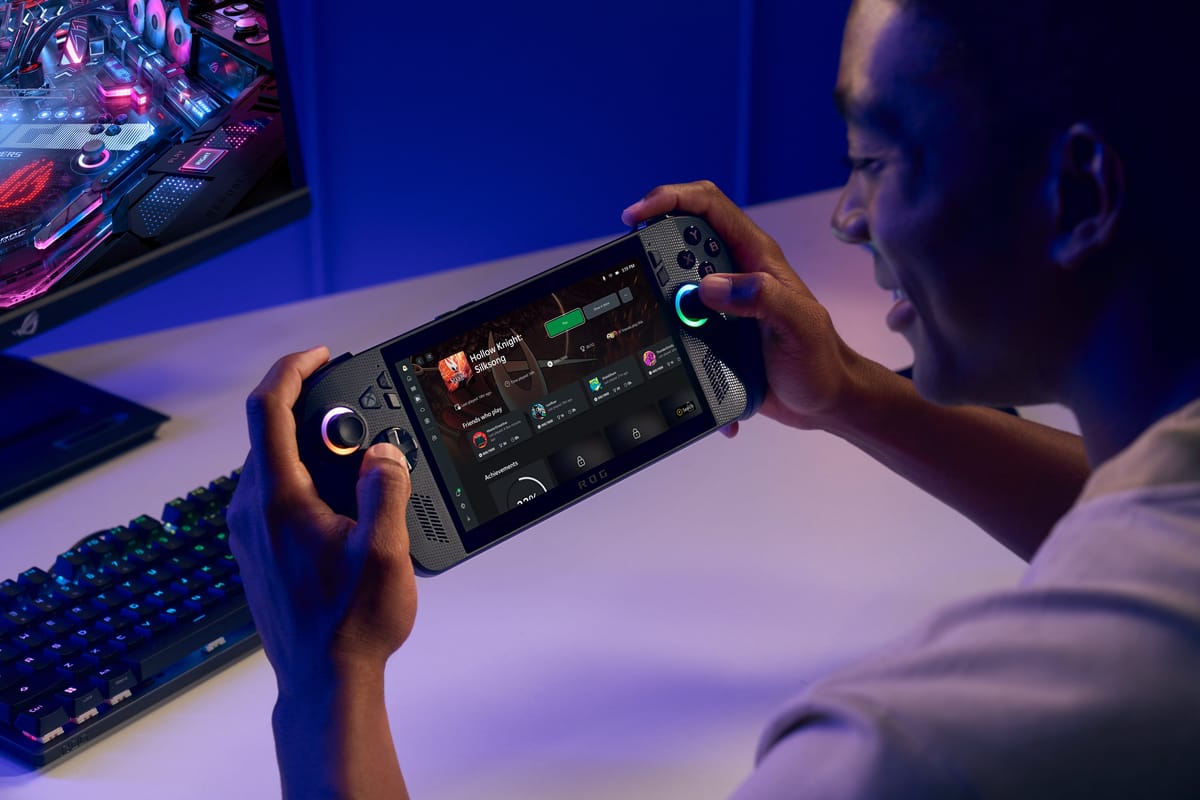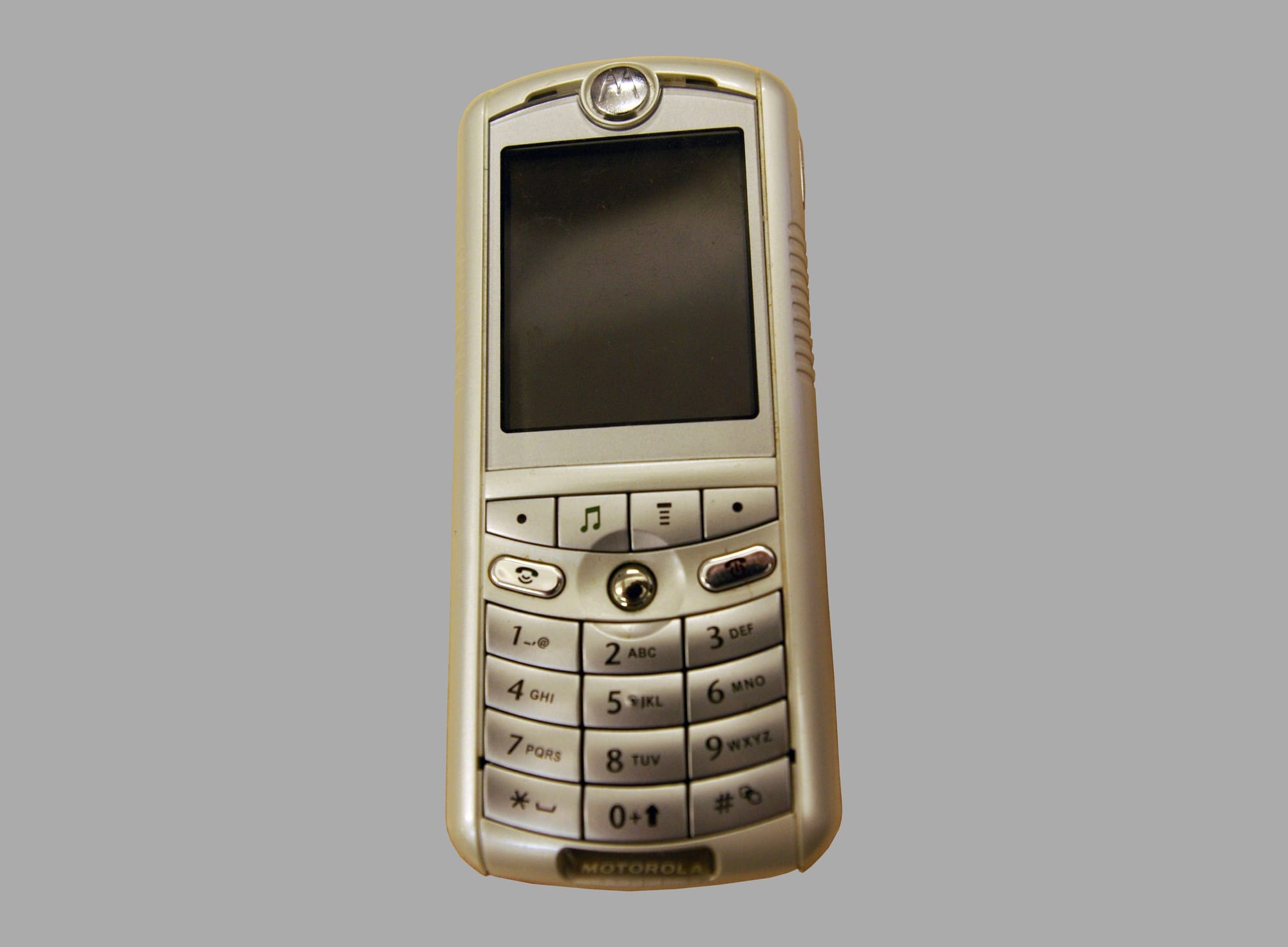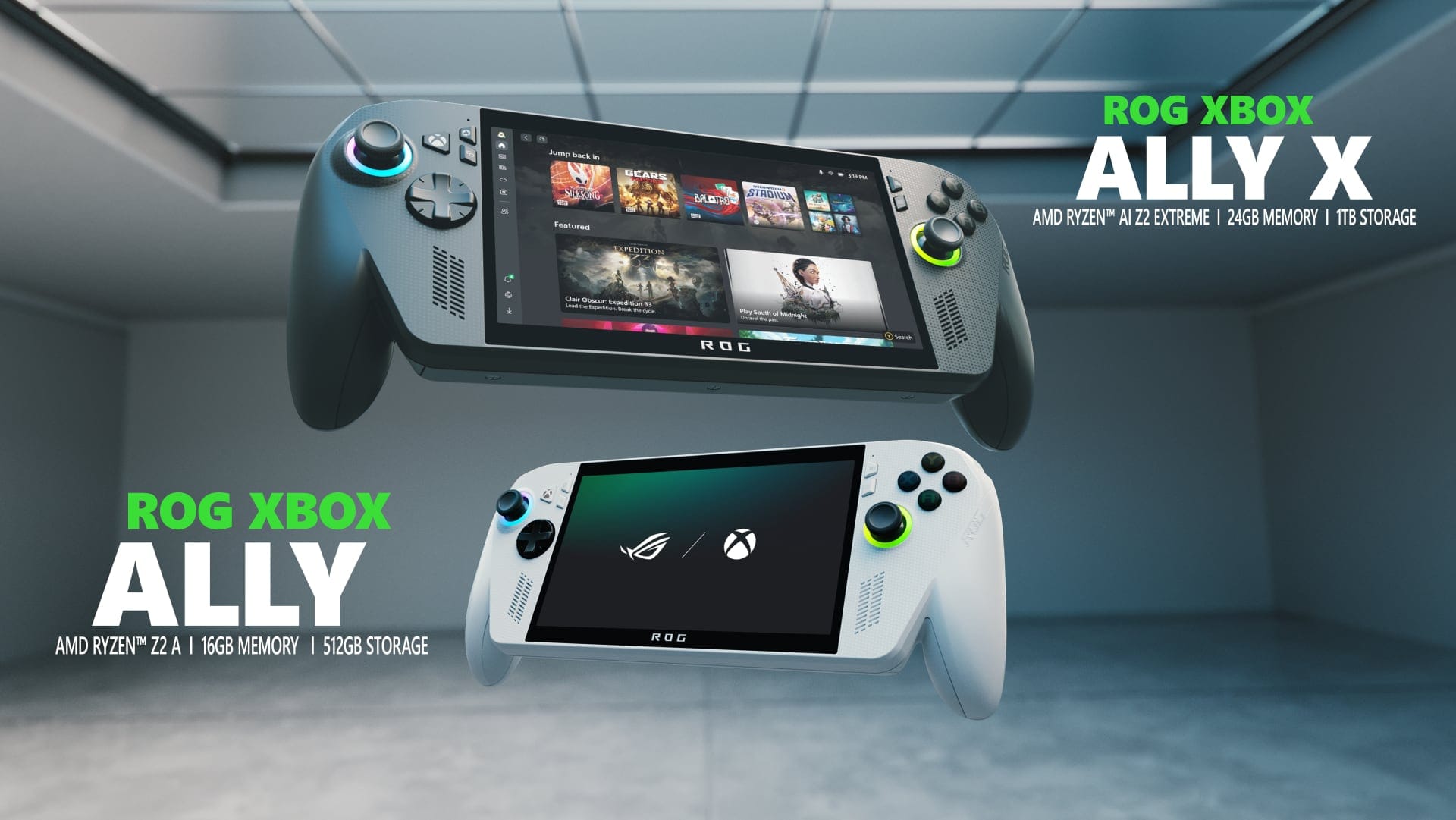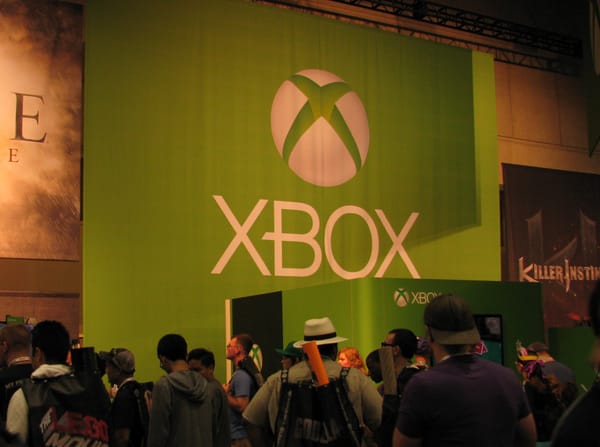The new Xbox isn’t an Xbox
Microsoft should heed the lessons of Apple’s ill-fated collaboration with Motorola.

Microsoft just announced a handheld Xbox console. Except they didn’t.
On Sunday, Microsoft unveiled the ROG Xbox Ally and ROG Xbox Ally X, a pair of gaming handhelds. They’re being widely referred to as real Xbox consoles — Xbox chief Phil Spencer even called them “the next Xbox hardware release.”
But they’re not consoles. They won’t play all Xbox games. And they’re not made by Microsoft.
The clumsy name hints at their origin: it’s the latest in the line of Asus ROG Ally Windows PC gaming handhelds. Being PCs means they won’t play Xbox console games natively unless those games were also released for Windows. And, while Microsoft has seemingly done a good degree of work on the software side to slim down Windows and introduce a new UI, this is an Asus hardware product. (Notably, neither Spencer nor Sarah Bond mentioned Asus by name during Sunday’s livestream.)
This may sound like semantics or nit-picking, but it matters. By not being actual Xbox hardware designed and built by Microsoft, these handhelds are a half-measure; a toe dipped in the water of a growing market. And that reminds me of one of Apple’s most pivotal failures.
Apple’s first attempt to put iTunes on a phone was not the iPhone, but the Motorola ROKR. It was a pre-smartphone handset that synced with iTunes, stored up to 100 songs and played music through an iPod-like interface.

It seemed like a perfect match. Motorola was riding high from the success of the slick RAZR handset, and Apple ruled portable music. Mobile phones of the era were notoriously unwieldy to use, while the iPod had a famously simple interface.
But the ROKR was a disaster. The price was slashed from $250 to $150 two months after launch amid reports that it was being returned at six times the industry average.
Yes, collaborating with another company can allow you to leverage their strengths to cover your weaknesses. But, as Apple discovered, being beholden to another company — being forced to compromise — had a devastating effect on the final product. Walter Isaacson’s biography of Steve Jobs explains:
…it had all the hallmarks of a product that had been negotiated by a committee, which was counter to the way Jobs liked to work. Instead of hardware, software, and content all being controlled by one company, they were cobbled together by Motorola, Apple, and the wireless carrier Cingular. “You call this the phone of the future?” Wired scoffed on its November 2005 cover.
Jobs was furious. “I’m sick of dealing with these stupid companies like Motorola,” he told Tony Fadell and others at one of the iPod product review meetings. “Let’s do it ourselves.”
This is a lesson Apple continued to apply on their way to the top of the tech world. Breaking away from Intel to make their own chips was seen as a gamble, but it’s paid off handsomely. Apple Silicon is highly regarded for both performance and battery life, and the company’s engineers are able to build devices knowing exactly what capabilities their chips will have both now and well into the future.
But it’s not just Apple. Sometimes, to paraphrase Thanos, you have to do it yourself. After all, that’s what Microsoft did with Surface.
By launching their own line of tablets and PCs, Surface meant Microsoft was effectively competing with their own customers: companies like Dell and HP that loaded Windows on to their own PCs. But they didn’t do it to steal market share. They did it as a showcase for what Windows could do.
Instead of relying on Dell or HP to take the hint and build around new Windows features or other initiatives Microsoft thought was important, Surface allowed Microsoft to directly demonstrate them. It’s the same idea as Google’s Pixel smartphones, devices that often serve as the launching platform and showcase for new Android features. Other hardware makers are free to adopt those features; Google and Microsoft are just leading the way to show how.

There are hints that Microsoft has been thinking about this for a future handheld. Rumors of an “Xboy” handheld have existed for years, but more recently WindowsCentral said Microsoft would first launch a co-branded PC handheld with Asus — which came true on Sunday — before launching their own hardware a few years later. They'd dip their toe in first before doing it "right" with their own device later.
But WindowsCentral has since reported that the “real” Xbox handheld has been temporarily sidelined. They still plan to build one, but it's further off than originally thought.
That means, for now, Microsoft is leaning on the ROG Xbox Ally to carry it in the handheld space, and that means they're reliant Asus building a quality handheld. But Asus does not have a great track record there.
The original ROG Ally had a severe issue with the microSD card reader, which could fail and corrupt cards. It wasn’t just that the issue seemed to be widespread, it was that Asus refused to acknowledge it for months — and, even after admitting it, kept dodging questions about whether it would ever be fixed. A Gamers Nexus investigation uncovered shocking issues with customer support, including overcharging for unnecessary repairs. (The company apologized and pledged to refund customers.)
I say all this not to slate Asus, but to underline how potentially precarious this is for Microsoft. This is their partner. This is the company that they relying on to deliver, in their own words, “the next Xbox hardware,” its first foray into portable gaming.
Apple went from the ROKR to the iPhone, so it’s possible to turn it around even if the ROG Xbox Ally goes wrong. But it’s also hard not to see the risk here.
Switch 2 is already off to a huge start. PC handhelds are a growing category in their own right. And rumors have circulated for years that Sony is looking to build another portable PlayStation.
Microsoft, already hopelessly behind in the console race, can’t afford to fumble this. But their fate is not in their own hands.





